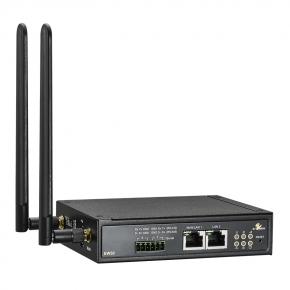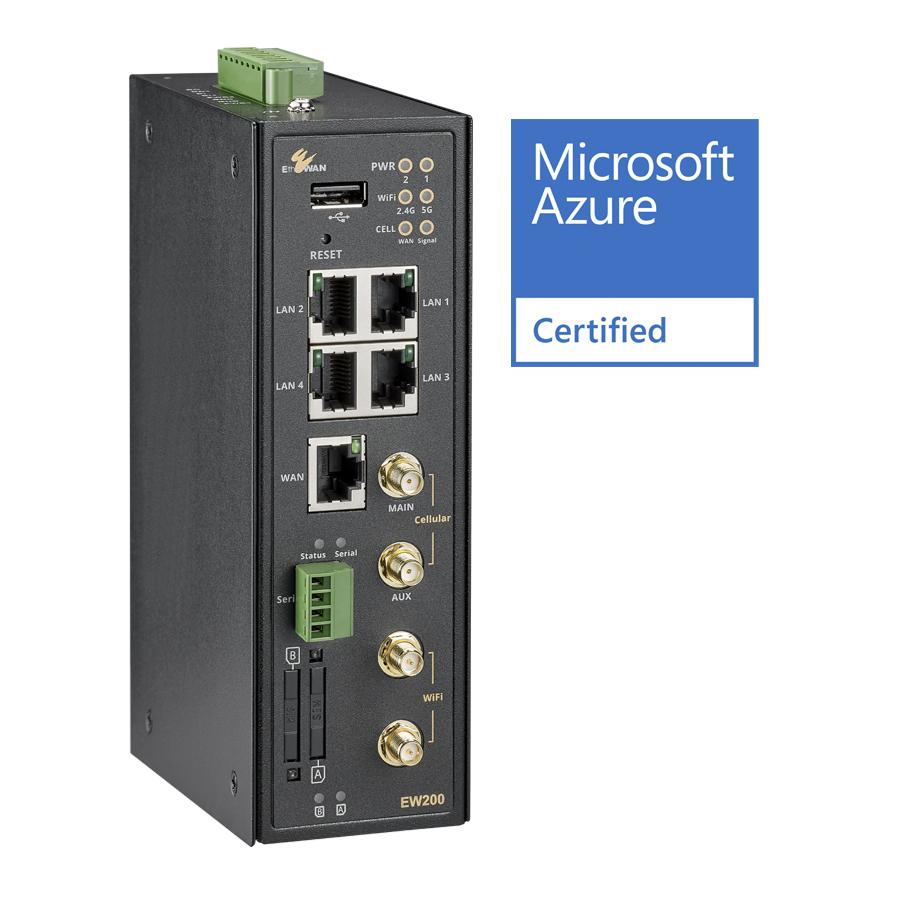Fighting the Pandemic – Adapting Thermal Imaging for Public Safety

Pandemic Thermal Mandate
In 2020, the COVID-19 virus spread rapidly across the world. Alongside medical treatment for those infected, implementing public measures to prevent group infections became extremely important.
Individuals afflicted with COVID-19 will generally have high fever symptoms. Infrared thermal imaging cameras can quickly identify people with high body temperatures. Those people can then be directed to the appropriate medical facility for assessment and encouraged to isolate. The process involves instantaneous scanning without physical contact, allowing data acquisition from a distance. This approach minimizes disruptions, mitigates the risk of cross-contamination, and eliminates potential harm to camera operators.
Thermal imaging cameras are widely used in subways, trains, airports, government offices, and commercial buildings for epidemic detection. The gathered data necessitates transmission and storage in data centers for analysis and tracking purposes. Many thermal camera systems incorporate facial recognition capabilities, aiding in the identification of individuals triggering alerts. The handling of such data mandates secure collection and transmission to address privacy concerns.
These infrared detection systems are designed for portability, facilitating deployment at venues like sporting events. Leveraging 4G/LTE solutions not only ensures mobility but also guarantees stable data transmission and security through robust VPN encryption.
For equipment deployment supervision, the gateway must have the ability to regularly report product status, including 4G connection status, RSSI, and VPN tunnel status. Given the protracted nature of the epidemic, extending the equipment's durability and warranty period becomes imperative to manage prolonged outbreaks effectively.

Data Collection Challenges
Legacy data collection systems required on-site installation to maintain records, making deployment troublesome and mobility poor. Collecting data from multiple locations was not easy, and tracking and storing the data proved to be very difficult.
System requirements include:
- 4G/LTE deployment
- VPN Encryption
- Transmission stability
- High portability
- Signal reporting
- Industrial level quality
- Long term warranty
The Tailor-Fit 4G Gateway Solution
EtherWAN's EW50 industrial 4G gateway solution is perfect for this type of application. The EW50 is an intelligent industrial grade 4G gateway designed for critical infrastructure and industrial applications. It features a metal housing with fanless cooling and IP30 protection against particle ingress. The device supports dual SIM cards for failover, ensuring uninterrupted data flow. The EW50 is also equipped with a host of firewall functions, including packet filter, URL blocking, content filter, MAC Control, application filter, and intrusion prevention system (IPS).
Installed at monitoring locations, the EW50 is connected to the thermal imaging cameras. Using a VPN and its 4G Internet connection, it relays imaging data to a centralized control center. This robust 4G solution guarantees stable and reliable data transfer for thermal imaging systems, contributing to enhanced global safety.
Cellular Gateway FAQs
- What is an industrial cellular gateway?
Industrial Cellular Gateways are used to connect remote devices even when it is not possible to connect with standard Ethernet cabling. The gateways play an important part in SCADA connectivity, M2M communications, and IoT deployments. - What is the difference between modems and gateways?
A modem is a combined device for modulation and demodulation of the digital data of a computer and the analogue signal of a phone line. Gateways are more complex, combining the functions of modems and routers.
Related Products:
EtherWAN – " When Connectivity is Crucial "
► For more information, please contact: info@etherwan.com.tw

